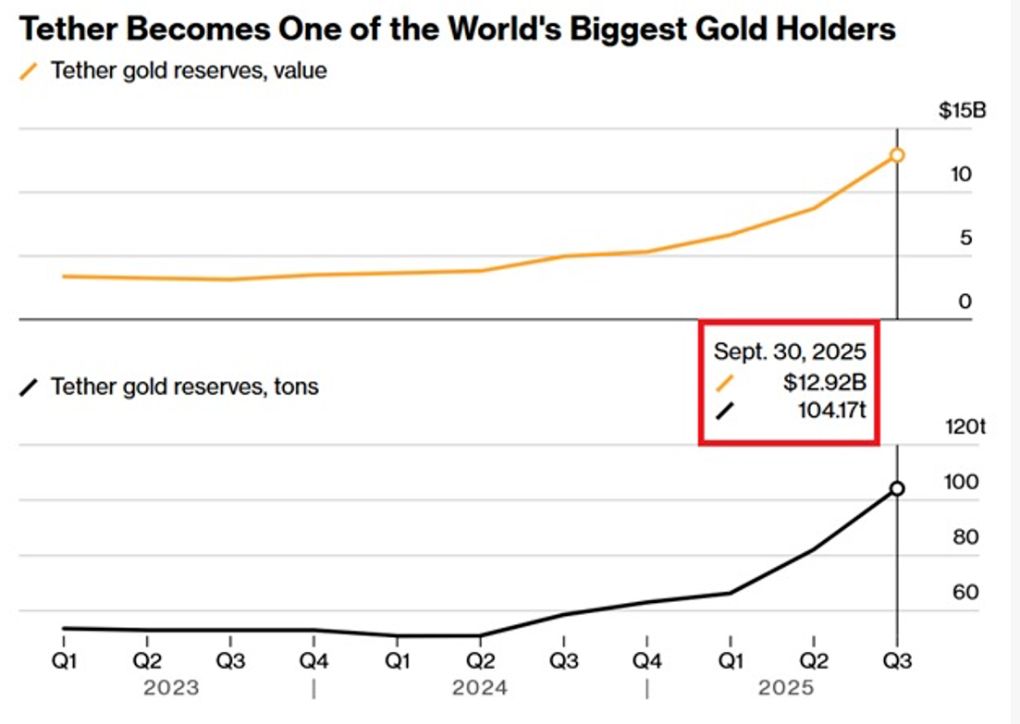Bitcoin Crash Off the Table as Four-Year Cycle is Dead: Arthur Hayes
- Arthur Hayes argues that bitcoin’s traditional four-year market cycle is no longer valid.
- Current shifts in global monetary policy indicate expanding fiat liquidity, he said.
- Previous bear markets were catalyzed by monetary tightening across the advanced world.
Bitcoin is unlikely to enter a bear market in the coming months as supportive monetary conditions are expected to prevail, effectively rendering the traditional four-year halving cycle obsolete, according to Arthur Hayes, chief investment officer and co-founder of Maelstrom.
In an essay titled "Long Live the King!" published Thursday, Arthur Hayes argued that the primary catalyst behind previous bitcoin bear markets in 2014, 2018, and 2022 was monetary tightening in major economies, not the four-year halving cycle. On each of these occasions, bitcoin’s price plunged by 70% to 80% from its bull market peak.
CoinDesk made a similar point in 2023, explaining that BTC's four-year bull-bear cycle centred around mining reward halvings is actually tied to fluctuations in fiat money supply and liquidity, rather than the halving events alone.
"As the four-year anniversary of this fourth cycle is upon us, traders wish to apply the historical pattern and forecast an end to this bull run,” Hayes wrote, explaining that the four-year cycle is dead and the impending fiat liquidity deluge will keep the bull market going.
The halving cycle
Halving refers to the programmed reduction in the per-block BTC emission every four years.
Since its inception in 2009, BTC has typically followed a roughly four-year cycle, characterized by a bull run leading up to and following the quadrennial reward halving, followed by an intense bear market that usually begins 16 to 18 months after the halving event.
The most recent, fourth Bitcoin halving occurred in April 2024. Hence, some market participants may be concerned that BTC's uptrend will soon peak, potentially paving the way for a year-long bear market.
This time is different
The ongoing bull market is likely to continue, invalidating the four-year cycle because monetary conditions are expected to remain accommodative, with money supply growth likely to accelerate rather than contract.
The U.S. government and its central bank are already in an easing mode and Japan could soon join the fray as the new PM is a big believer in the ultra-stimulatory Abenomics strategy .
"In the U.S., newly elected President Trump wants to run the economy hot. He routinely speaks about America growing in order to reduce its debt load," Hayes noted. "Trump also speaks about lowering the cost of housing to release trillions of dollars of trapped home equity because of the rapid rise in housing prices post-2008."
The Federal Reserve cut interest rates by 25 basis points to around 4% in September 2025 and is expected to implement further reductions totaling up to 100 basis points over the next 12 months, signaling a more accommodative monetary stance.
Lastly, Hayes noted that although China may not be as stimulatory as in previous Bitcoin bull runs, Beijing’s focus on ending deflation suggests it is unlikely to drain fiat liquidity, supporting continued price gains for BTC.
Hayes summed up this outlook by saying: "Listen to our monetary masters in Washington and Beijing. They clearly state that money shall be cheaper and more plentiful. Therefore, Bitcoin continues to rise in anticipation of this highly probable future."
Disclaimer: The content of this article solely reflects the author's opinion and does not represent the platform in any capacity. This article is not intended to serve as a reference for making investment decisions.
You may also like
Digital dollar hoards gold, Tether's vault is astonishing!

The Crypto Bloodbath Stalls: Is a Bottom In?

Can the 40 billion bitcoin taken away by Qian Zhimin be returned to China?
Our core demand is very clear—to return the assets to their rightful owners, that is, to return them to the Chinese victims.

